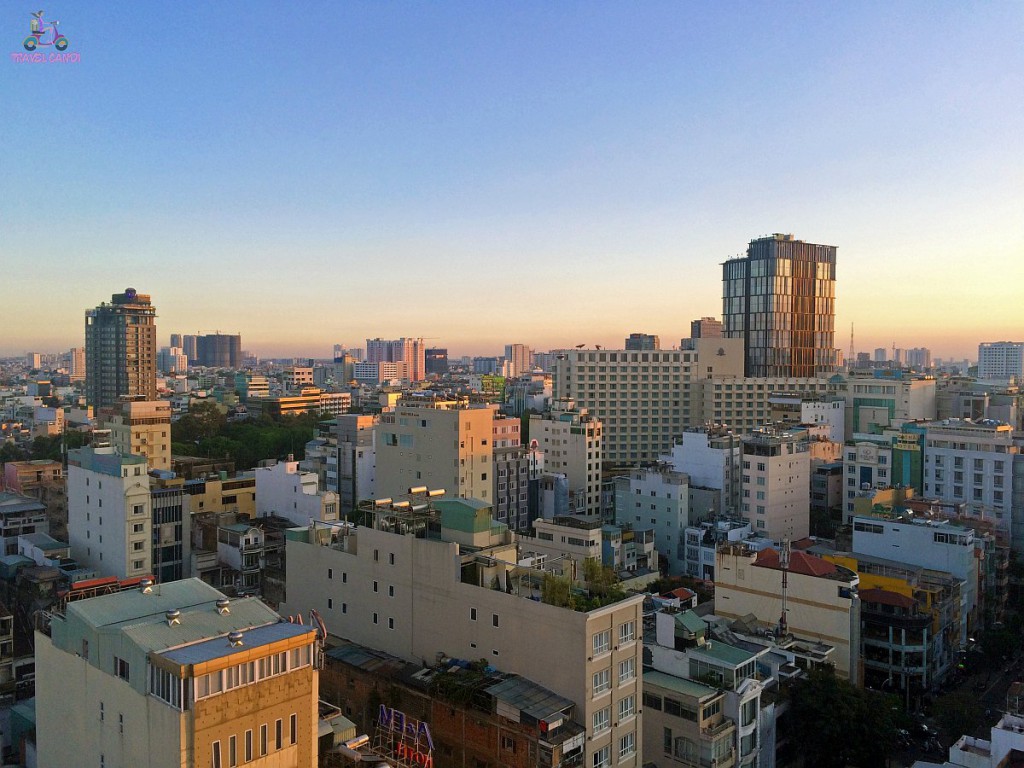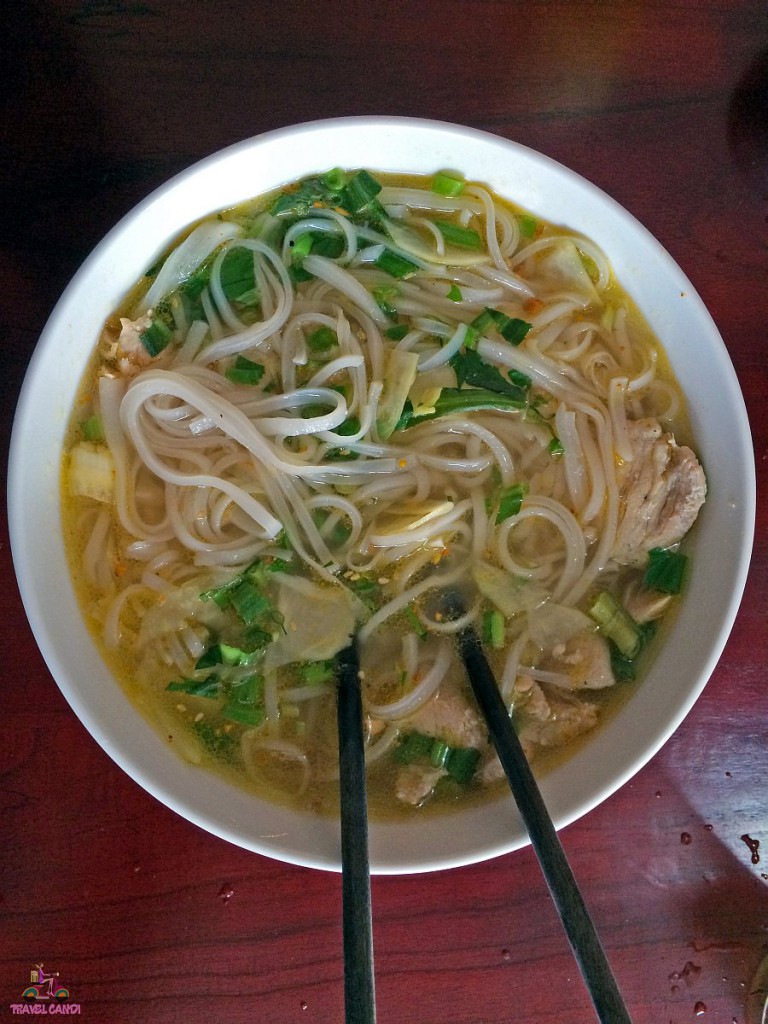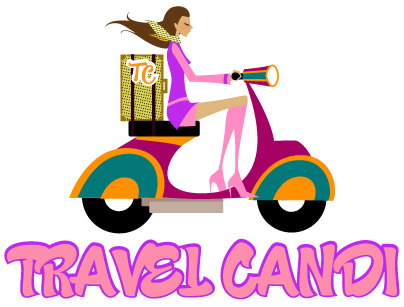
[ezcol_1half]
[/ezcol_1half][ezcol_1half_end]
[/ezcol_1half_end]
Vietnam is filled with lush forests, bustling cities, colonial architecture, grand temples and beautiful beaches, yet when many people are asked about Vietnam, they mention the war. Vietnam has much to offer a traveler: unique flora and fauna, exceptional diving, delicious fresh cuisine, and numerous UNESCO World Heritage sites.
Getting There And Around
Check with your government for information regarding visas into Vietnam. Make sure to have your paperwork ready upon arrival to this country. If you are already abroad, obtaining a visa at any Vietnam embassy or consulate is your best option. For my first visit to Vietnam, my passport was dropped off at the Vietnamese consulate in Sihanoukville, Cambodia in the morning, and I had my passport back that same evening with a valid visa inside. The fee for the Vietnamese consulate was 60 USD. On my second trip to the country, I applied to an E-Visa online and waited for my approval letter before I booked any onward travel into the Vietnam. Once you receive the approval letter, print it out and bring it with you to immigration. You can obtain your Vietnam E-Visa for Visa On Arrival here. The price for the E-Visa is 17 USD, and upon arrival in Vietnam an additional 40 USD is due. Please note that E-Visas are only valid if you are flying into Vietnam. It is rumored that the visa process is changing, but as of late 2015 I have yet to see any easier process available.
Traveling within Vietnam is easy. Getting into the country via land or air are options available to visitors (make sure to have your visa paperwork ready when arriving to Vietnam).
Bus travel throughout the country will fit any schedule, as there are plenty of departure times available. Night buses tend to be cheaper than the day routes and will save you some extra cash.
Taking a train is a great way to see the countryside, although the rides are long, so make sure to have a good book available to keep you occupied on your journey.
While traveling internally within Vietnam, flights can be an inexpensive and much quicker way to travel if you happen to be limited with time. I nabbed a flight on Vietjet from Da Nang to Hanoi for 400,000 VND.
Taxi’s in southern Vietnam are almost always metered and tend not to rip tourists off. During my extended trips to the southern area, I always had metered taxis and they didn’t drive me on crazy detours around the city to charge me extra fare. I traveled everywhere in District 1 of Saigon for 20,000 VND or less. The story is a little different for the northern area of Vietnam, and my taxi drivers tried numerous tricks to incease the fare. Beware.
Money
The official currency in Vietnam is the Vietnamese dong. The currency is all bank notes and range from 500 to 500,000 VND. Foreign currencies can be exchanged at any of the airports or at small exchange shops in the larger cities. ATM’s are widely available, and many larger hotels and restaurants accept credit cards.
Tipping is not customary in Vietnam, although a tip is always appreciated. Sometimes you will see a service charge added into your bill at nicer restaurants. Quite often, it is your tour guide who will outright ask for a tip. Again, it is not required to tip your tour guide, but if you think your guide was awesome, it is OK to show your appreciation.
Language
The official language in Vietnam is Vietnamese.
Hello – Xin chào
Thank You – Cam on
Housing
Accommodations in Vietnam are readily available, and can be easy on the budgeter’s pockets. Lodging costs start at 50,000 VND per night. It tends to be much cooler in the north during the months November-April, so a traveler can catch a great deal on lodging since tourists tend to avoid the colder months. From February-May, accommodations in the southern area of Vietnam may be a little more expensive due to the dry season and the abundance of tourists during this time of year. Chinese New Year is a huge celebration in Vietnam, and prices will be the most expensive during that time.

Food
Vietnam has the freshest and most interesting ingredients in its cuisine, and its delicious food should not be discredited. Thailand takes all the glory for food in the area, but it is Vietnam that truly delivers in the culinary department. Chinese and French influences are prominent in local dishes, yet they have their own special Vietnamese essence. Vietnam has the best baguettes in the world. Local food is the best in Vietnam, and it fits any traveler’s budget. My favorite meal in Vietnam was at a food stall in Hanoi, and it cost a whopping total 20,000 VND (so cheap)!
When finished with your meal in Vietnam, make sure not to leave your chopsticks in the bowl. This is considered insulting. Instead, place the chopsticks to the side or on top of the bowl.

Save Cash
Vietnam is a country where you can have many experiences on a tight budget. Staying in a guesthouse and booking a place that offers breakfast included is a great way to save, and to meet some fellow travelers as well.
Traveling the country via bus is the cheapest method of transportation, with night buses offering the best prices. Traveling during the evening also allows you to save on accommodation costs for that evening. Bus travel starts at 150,000 VND, with prices depending on destination and the bus company. Shop around for the best bus deals.
Street food in Vietnam is the tastiest and the cheapest way to go. Food purchased on the street begins at 5,000 VND.
Check out Vietnam’s free historical sights. It’s a great way to pass the time and learn more about the country and its culture, while being friendly to your wallet.
Make sure to bargain for everything in Vietnam, even if it has a fixed price displayed. Tourists tend to get inflated prices, so make sure to stand your ground and don’t be afraid to walk away.
Stay Fit
Tap water is not drinkable in Vietnam, so drink bottled water and always have some available to prevent dehydration. Thoroughly check out the food stalls – if there are locals around the food is likely safe to eat.
The remarkable scenery in Vietnam – green rice terraces, plunging valleys, and sprawling mountains – make it a dream location for trekkers. National parks have plenty of established trails to choose from, with guides available to assist if requested. Northern Vietnam has areas that are popular with adventure trekkers, and the small towns with friendly locals along the mountainous paths are a huge draw for those seeking a more natural cultural experience.
In Your Bag
The larger cities in Vietnam can be packed and frantic, so make sure to carry a bag with a zipper that closes to protect you from easily being pick-pocketed. I added tissues, individually wrapped baby wipes, and hand sanitizer to my bag for those awkward issues that arise in the bathrooms of Vietnam. I also kept bottled water and cash with me at all times.
Stay Connected
WiFi is available in hotels, restaurants, cafes and bars in all of the major areas in Vietnam. Connections to the Internet are good, but some websites may be blocked from access by the local government.
Postage in Vietnam was cheap, and shipping packages was a great deal – plus the post office in Saigon (HCMC) is a historical building so my errands at the post office were also a sightseeing opportunity!
The two-prong, 230V European type-C electrical outlets are used in Vietnam.




